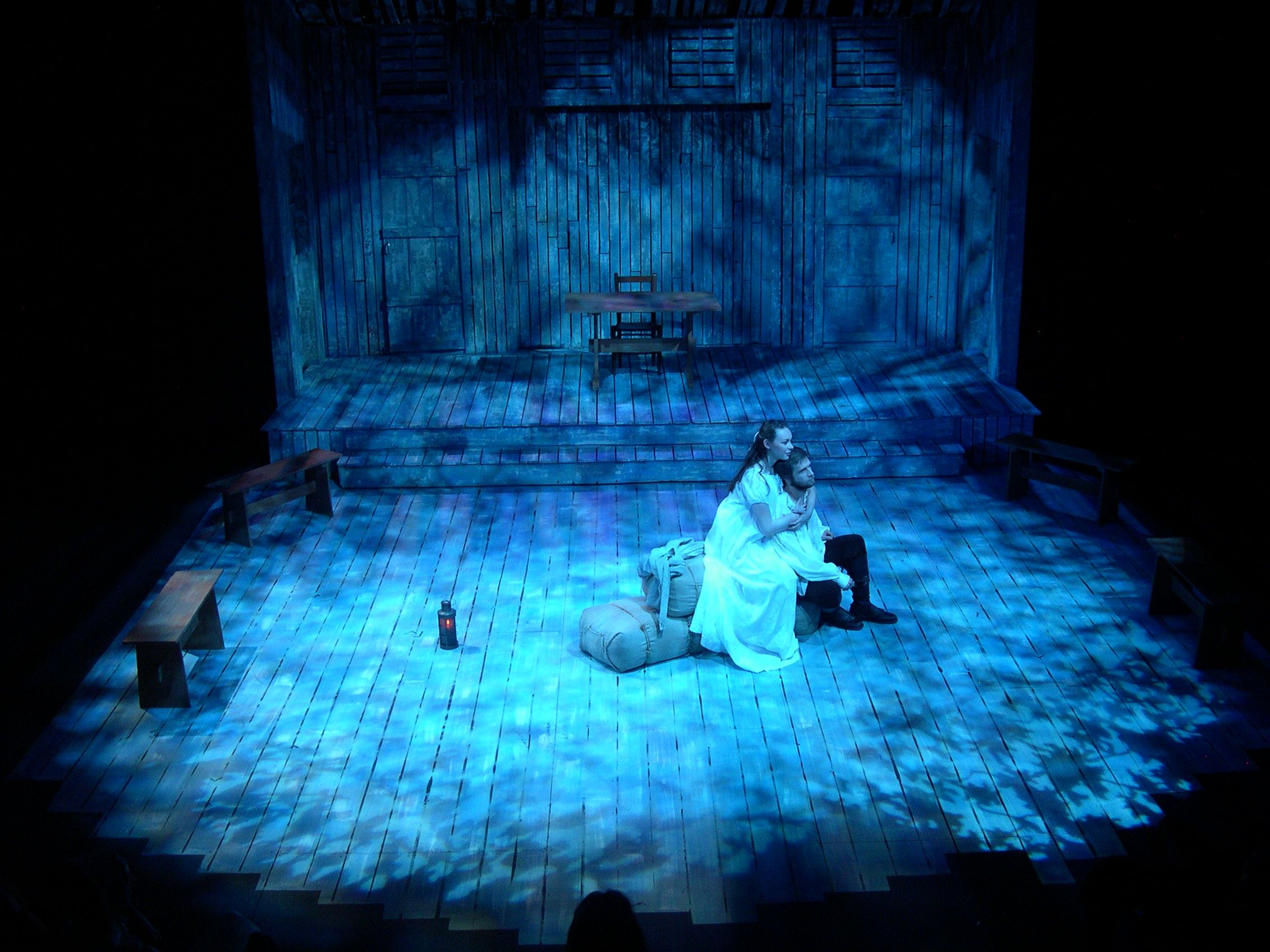When we sit down to watch a series, we often focus on plot twists and sharp dialogue. Yet every frame also tells a silent story through the walls, furniture, and light that fill the screen. Set design and lighting work together like unseen narrators, shaping mood and guiding our feelings scene by scene. Understanding how these elements influence TV storytelling can change the way we watch, revealing layers that go far beyond the script.
Building Worlds with Sets
The set is the physical shell of a story. Good designers start by asking what the characters value and how they live, then build rooms that reflect those answers. A peeling wallpaper hints at money troubles, while spotless marble suggests wealth and control.
Clever use of space also paces the story. Narrow hallways create tension, open kitchens invite warm conversation. Even the distance between a sofa and a doorway can push characters closer or keep them apart. In many shows, the set becomes a silent character in its own right.
Color and Texture Shape Emotion
Colors are emotional shortcuts. Soft pastels calm us, harsh neon warns us. Designers pick a palette that matches the journey of each episode. A detective drama might start with cool blues and grays, then shift to warmer tones as the mystery unravels. Texture matters too.
Rough brick feels gritty and honest; smooth glass feels sleek and distant. These choices require no dialogue, yet viewers feel their influence instantly. The right mix of color and texture helps viewers sense joy, fear, or nostalgia before a single line is spoken.
Lighting Guides Attention
While sets provide context, lighting directs the gaze. Bright, even light lets us explore every corner, perfect for upbeat scenes where nothing lurks in shadow. Low light, on the other hand, narrows vision and builds suspense, making each flicker of a lamp feel important.
Direction matters as well: light from above gives authority; light from below creates unease. By changing brightness, angle, and movement, lighting designers can underscore a joke or foreshadow danger. It is the invisible hand that points viewers to the story beats the writers want to highlight.
Tiny Tricks that Deepen Reality
Many of the most effective set and lighting choices are small, almost hidden. A single flickering streetlamp can hint at decay in an entire neighborhood. A scuff on a coffee table tells us that a character has been pacing all night.
Layers of practical props, such as family photos, half-eaten snacks, or heavy-duty matting under action scenes, add weight and believability, reminding us that these places have history. When these details feel true, viewers lean in, ready to accept each twist because the world on screen already feels lived in.
Conclusion
Next time you binge your favorite show, pause the action and look beyond the dialogue. Notice how the color of a hallway shifts when danger nears, or how a lamp isolates the hero in a crowd. Set design and lighting are quiet storytellers, guiding emotions and strengthening the plot. By spotting their craft, you will unlock a deeper viewing experience.
Keep an eye for more latest news & updates on Forbes Zine!




